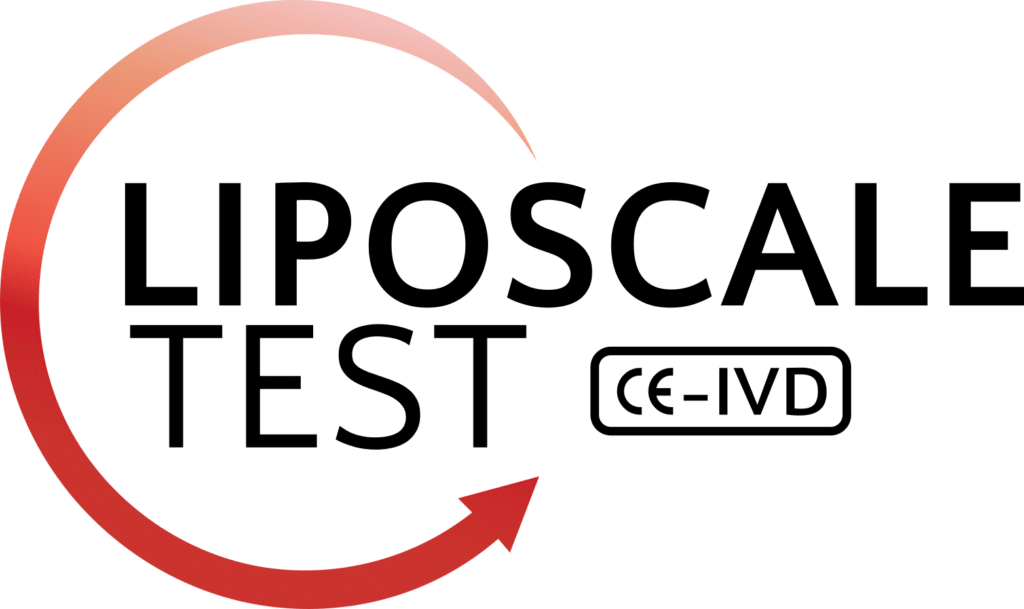Background: The contribution of metabolomic factors to the association of healthy lifestyle with type 2 diabetes risk is unknown. We assessed the association of a composite measure of lifestyle with plasma metabolite profiles and incident type 2 diabetes, and whether relevant metabolites can explain the prospective association between healthy lifestyle and incident type 2 diabetes.
Methods: A Healthy Lifestyle Score (HLS) (5-point scale including diet, physical activity, smoking status, alcohol consumption and BMI) was estimated in 1016 Hortega Study participants, who had targeted plasma metabolomic determinations at baseline examination in 2001-2003, and were followed-up to 2015 to ascertain incident type 2 diabetes.
Results: The HLS was cross-sectionally associated with 32 (out of 49) plasma metabolites (2.5% false discovery rate). In the subset of 830 participants without prevalent type 2 diabetes, the rate ratio (RR) and rate difference (RD) of incident type 2 diabetes (n cases = 51) per one-point increase in HLS was, respectively, 0.69 (95% CI, 0.51, 0.93), and – 8.23 (95% CI, – 16.34, – 0.13)/10,000 person-years. In single-metabolite models, most of the HLS-related metabolites were prospectively associated with incident type 2 diabetes. In probit Bayesian Kernel Machine Regression, these prospective associations were mostly driven by medium HDL particle concentration and phenylpropionate, followed by small LDL particle concentration, which jointly accounted for ~ 50% of the HLS-related decrease in incident type 2 diabetes.
Conclusions: The HLS showed a strong inverse association with incident type 2 diabetes, which was largely explained by plasma metabolites measured years before the clinical diagnosis.


